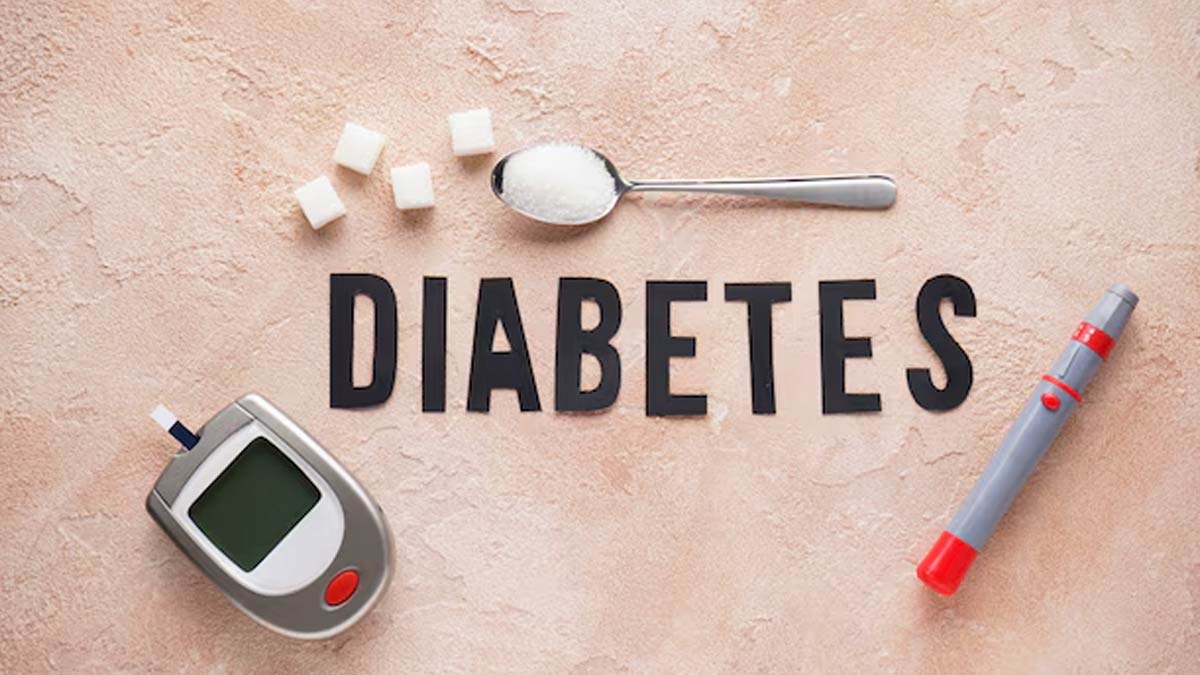Living with diabetes isn’t easy. You have to think about food all the time. Check your blood sugar. Move your body even when you’re tired.
And let’s be honest—Diabetes treatment options can get overwhelming.
There’s insulin, there are pills, there are diets, there’s tech… and then some new stuff you randomly hear about on YouTube or from a friend.
So what works in 2025?
I spent some time with one of the best physicians in Nagpur—someone who treats hundreds of diabetic patients each month. He’s seen it all. What works? What doesn’t? What’s just hype?
After going through all the notes and real patient stories, here are the top 5 diabetes treatment options you need to know in 2025.
Top 5 Diabetes Treatment Options You Should Know in 2025
1. GLP-1 Receptor Agonists – Still the Front Runner
This isn’t new, but it’s still dominating for a reason.
GLP-1 receptor agonists are a class of injectable (and now even oral) meds that help lower blood sugar by increasing insulin, slowing digestion, and reducing appetite.
- Drugs in this group: Semaglutide, Dulaglutide, Liraglutide
- Brands you may have heard of: Ozempic, Rybelsus, Trulicity
They’re especially helpful if you’re dealing with type 2 diabetes and struggling with weight.
The weight loss side effect? That’s not just a bonus—it improves insulin resistance.
Personal tip from the physician:
“I’ve seen people bring their HbA1c down from 9 to under 6.5 in just four months with the right dosage and diet alongside. It’s not magic—but it works better than many older drugs.”
What to expect:
- You’ll probably start with a low dose
- Nausea is common early on
- It can reduce appetite a lot, so keep your nutrition in check
If you’re newly diagnosed or your current meds aren’t doing enough, this one should be on your radar.
2. Continuous Glucose Monitors (CGMs) – Real-Time Control
This one’s more about how you manage diabetes than what you take for it.
And honestly? It’s a game-changer.
CGMs are small devices you wear on your arm or belly that track your blood sugar 24/7. No more finger pricks. You just glance at your phone or reader.
- Popular CGMs: FreeStyle Libre, Dexcom G7
- New in 2025: More affordable Indian-made options are rolling out
Why does this matter?
Because knowing your sugar in real-time helps you:
- Avoid sudden highs or crashes
- Understand what specific foods do to your sugar
- Adjust exercise and insulin better
What the doctor said:
“People who use CGMs consistently—especially those on insulin—make fewer mistakes. They’re more confident. And that shows up in their numbers.”
It’s not cheap, but the benefits are real.
3. SGLT2 Inhibitors – The Unsung Hero
You may not have heard of these unless your doctor has mentioned them. But they’re quietly becoming a big deal.
SGLT2 inhibitors work by making your kidneys remove extra glucose through your urine.
- Examples: Dapagliflozin, Empagliflozin
- Popular brands: Forxiga, Jardiance
They’re especially useful if:
- You have type 2 diabetes
- You’re also managing heart issues or kidney concerns
Fun fact:
These were first just diabetes meds. But now, cardiologists use them even for people without diabetes to help with heart failure.
What to watch for:
- Dehydration (you’ll pee more)
- Risk of genital infections (hygiene matters more here)
But in the right patient, this drug class does a lot with relatively low side effects.
4. Insulin Pumps – Getting Smarter Every Year
If you’re living with type 1 diabetes, you’ve probably heard of insulin pumps. Maybe you’ve used one.
In 2025, they’ve become smarter and smaller.
Some now pair with CGMs to form “closed-loop” systems—basically like an automatic pancreas.
- Newer models: MiniMed 780G, Omnipod 5
- Cool upgrade: They adjust insulin based on your sugar levels without manual input
You still have to watch your diet and enter meals, but it reduces the burden big time.
Real story shared by the physician:
“A teenage girl using a hybrid closed-loop pump saw fewer night-time lows. Her sleep improved. Her school focus got better. It had a ripple effect we didn’t expect.”
Cost is still a barrier in India, but more people are switching every year.
5. Lifestyle + Indian Diet Customisation – Still the Core
This one’s not flashy. But it’s what everything else depends on.
Medications help. So does tech.
But if you’re still eating four rotis and no protein, you’ll struggle.
In Nagpur (and across India), one major gap is that most meal plans don’t match what people eat.
What’s working better in 2025?
- Small swaps (like replacing 1 roti with paneer or egg)
- Intermittent fasting under medical guidance
- Walking after meals (just 15 minutes helps sugar drop)
- Adding sprouts, dal, and fiber to every meal
The physician said something that stuck:
“The most successful patients aren’t the most disciplined. They’re the ones who learned what works in their routine—and then stuck with it.”
So, What Should You Do?
Here’s a quick checklist if you’re feeling stuck with your diabetes management in 2025:
- Ask your doctor if a GLP-1 or SGLT2 drug is right for you
- Try a CGM for at least two weeks—see what it teaches you
- Don’t ignore small lifestyle tweaks—they add up
- Look into insulin pump upgrades if you’re on multiple daily injections
- Eat based on your culture—but adjust portions, timing, and balance
And most importantly, talk to a doctor who listens.
If you’re near Nagpur, I can honestly recommend this physician (you’ll know who if you’ve been around the city). He gets it. He doesn’t just prescribe—he explains.
Diabetes treatment options in 2025 are way better than they were five years ago.
But more options can mean more confusion.
Start with one change. Test one new approach. Track how you feel—not just your numbers.
You don’t have to do everything at once.
And you’re not alone in this.


